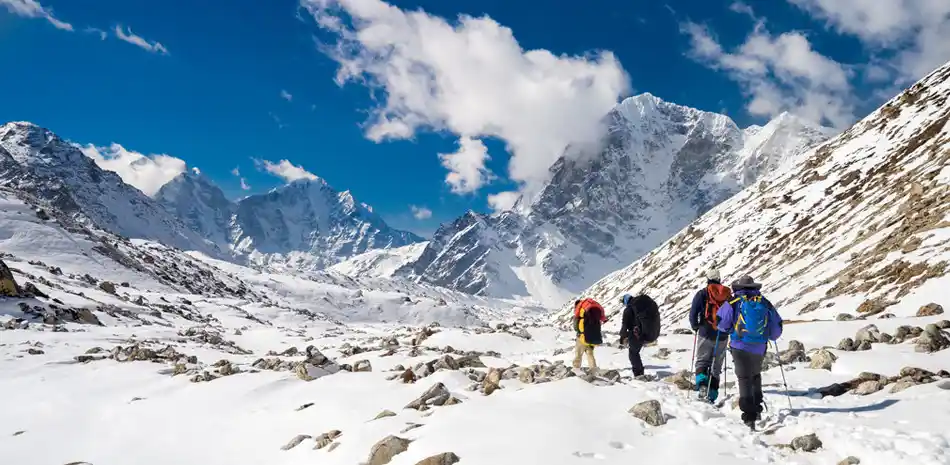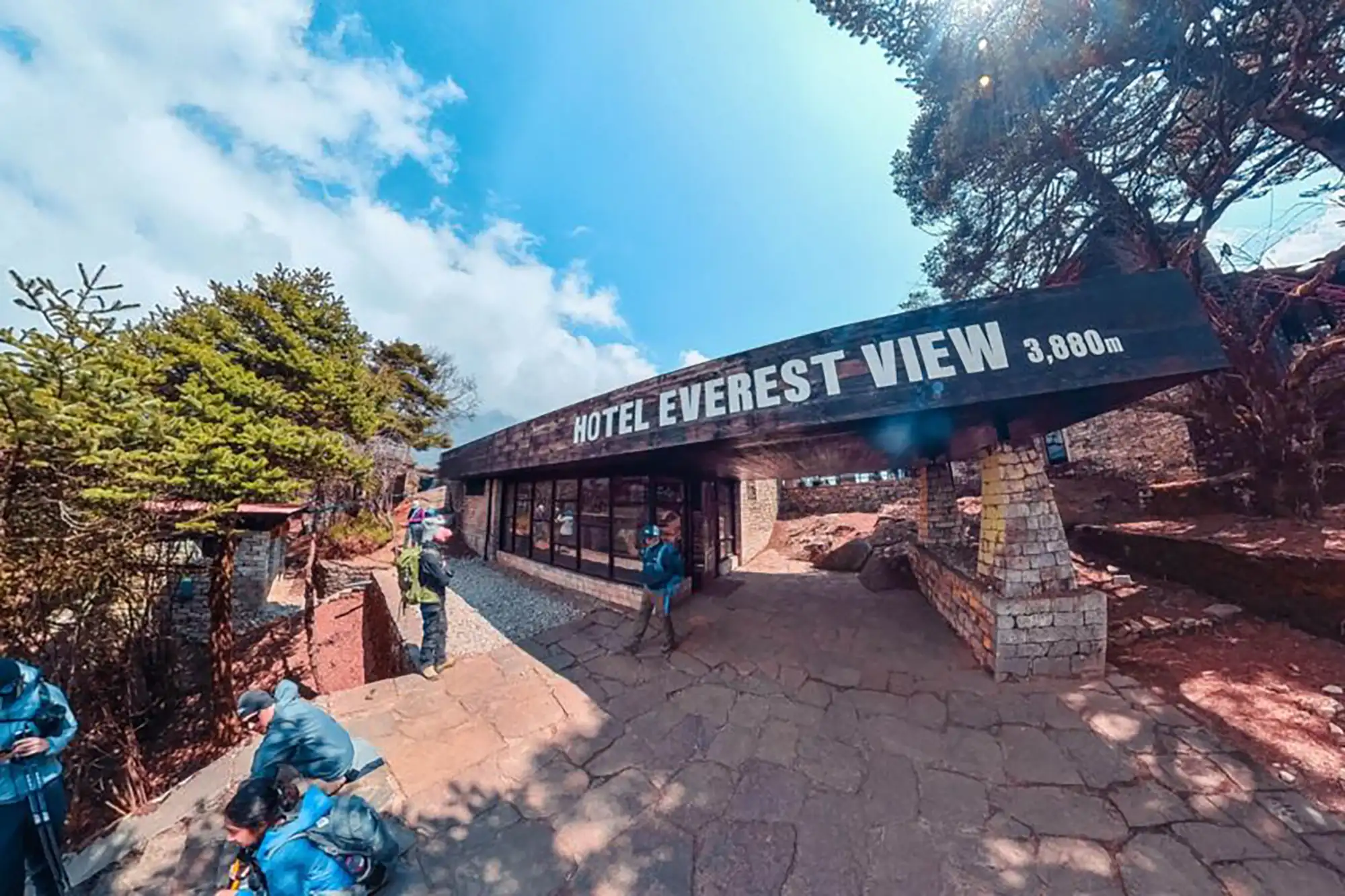With the years passing by, Nepal has experienced significant changes. The urge to climb mountain peaks surged along with the love for nature and outdoor adventures. Trekking enthusiasts from across the globe were drawn towards the Himalayas due to its serene beauty, thrilling ascents, and mystical culture. With trekkers increasing, the Nepal government, along with private organizations, enhanced the infrastructure, brought advancements in technology for communication, commute, and more, and eased legalization for a seamless experience. While there were rapid changes happening over the years, Nepal’s culture, food, and its people remained deeply rooted. In this blog, we will cover the significant changes that brought about the development of trekking in Nepal.
GOVERNMENT NORMS & REGULATION:
Nepal remained isolated to the outside world until 1949. While Kathmandu was the most accessible part of the country, it wasn’t until 1949 that Nepal allowed a few mountaineering teams to explore its peaks. However, until 1951, Nepal continued a policy of inaccessibility, restricting foreign visitors and limiting the explorations within the country.
Major Highlights:
- Rana family controlled the government from 1846 to 1951, post Rana regime, Nepal become a more welcoming nation eventually promoting the tourism of the country.
- The first ever summit to Mount Everest peak was accomplished by Sir Edmund Hillary and Tenzing Norgay, encouraging other climbers to pursue a dream which earlier seemed impossible
- In 1950, French mountaineers Maurice Herzog and Louis Lachenal climbed Annapurna
- Post 2000s, Nepal government relaxed regulations enabling trekking and adventure tourism to thrive, creating a conducive environment for tourists, trekking enthusiasts, nature admirers and wanderers to seek solace in the landscape of Nepal.

HIGH TECH GEARS:
In the past 100 years the world has witnessed significant innovations from smartphone to microwave ovens, hence, the mountain trekking industry. Lightweight, water resistand materials disrupted the trekking tourism industry, becoming a catalyst to creating safe, sturdy, portable and versatile trekking gears. The trekking gear industry has come a long way from hefty woollen socks to canvas tents.
Modern gears have disrupted the way we experience the great outdoors, making trekking more convenient, comfortable and safe. From Ultralight Backpacks, Smart Footwear, Insulated Sleeping Bags, & a lot more.
The global hiking gear and equipment market size reached US$ 6.8 Billion in 2023 as per a report by Impactful Insights. This shows that there has been a significant consumption of hiking and trekking gears, and an accentuated urge to climb mountain peaks.
Brands such as Patagonia, Black Diamond, Columbia, The North Face disrupted the trekking industry with futuristic and sustainable gears.

CULTURAL SHIFT:
Nepal has so much to offer, with its picturesque landscapes, scrumptious food to a loads of adventure touring opportunities. Moreover, the rich culture of Nepal encapsulates the history and beauty of the land, and to preserve the serenity there has been growing emphasis on responsible trekking and sustainable tourism. Locals and touring agencies are involved in the tourism industry, providing homestays and cultural experiences, which helps local traditions and cultures to flourish. Trekkers and tour operators are more conscious of the environmental impact of trekking. Practices such as waste management, limiting plastic use, and promoting eco-friendly accommodations have become more prevalent.

INFRASTRUCTURE DEVELOPMENT:
Scaling up quality infrastructure investment was perquisite to host tourists across the globe, being it, Europe, Middle East, USA and Africa people are celebrating Nepal. Nepal has made important progress in expanding infrastructure, such as:
Utilities: Electricity generating capacity in Nepal has increased significantly from 261 Megawatts to about 1100 Megawatt between 1990 and 2017.
Transportation: The road network was expanded significantly from about 7,000 kilometers in early 1990s to about 30,000 in 2017 (paved and unpaved in total).
Telecommunications: While the penetration of telecommunication was low in Nepal in the 1990s, the expansion of phone lines and internet access have been explosive. The share of households with internet access reached 34 percent in 2017 from 0.2 percent in 2000.
Better Trails and Lodges: Major trekking routes like Everest Base Camp and Annapurna Circuit have seen significant improvements in trails and accommodations. New lodges with better facilities, including hot showers, Wi-Fi, and diverse food options, are now common.
Data Source: https://www.elibrary.imf.org/
These evolution and changes reflect a significant change happening in the trekking industry making Nepal tourism a hotspot of global trekking. Adventure Master Trek, started in 2003 catered to many international travellers, seeking adventure Nepal. The experiences they took home was worth the persistent efforts made by us to promote adventure tourism.
If you’re someone who feels that mountains is where you belong, look no further, connect with our experts now.

